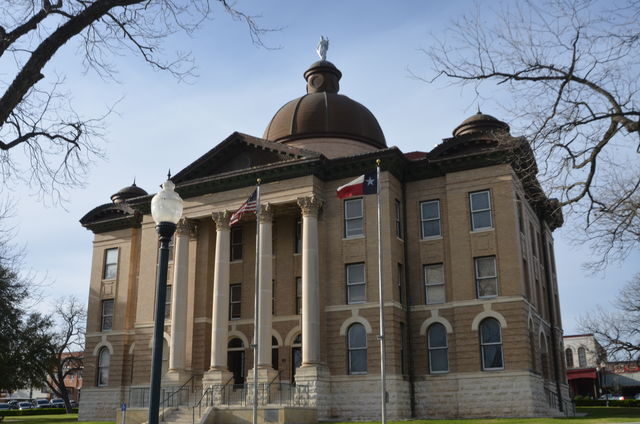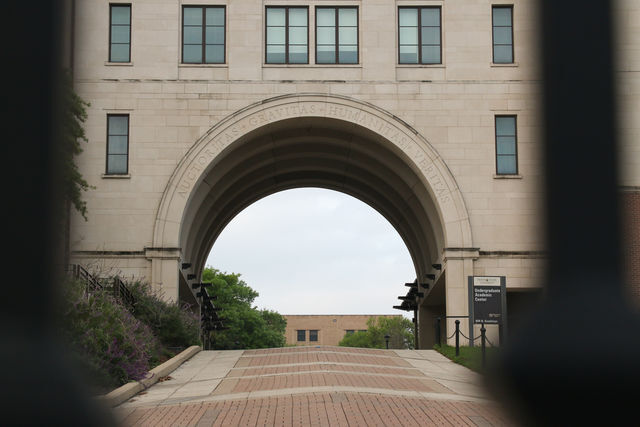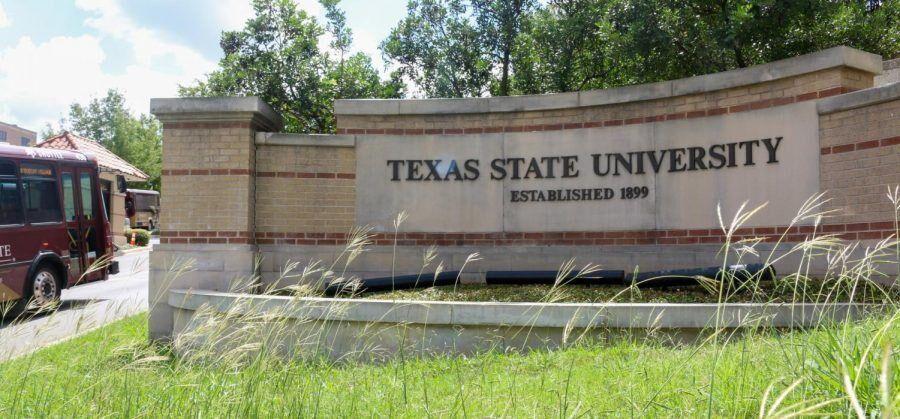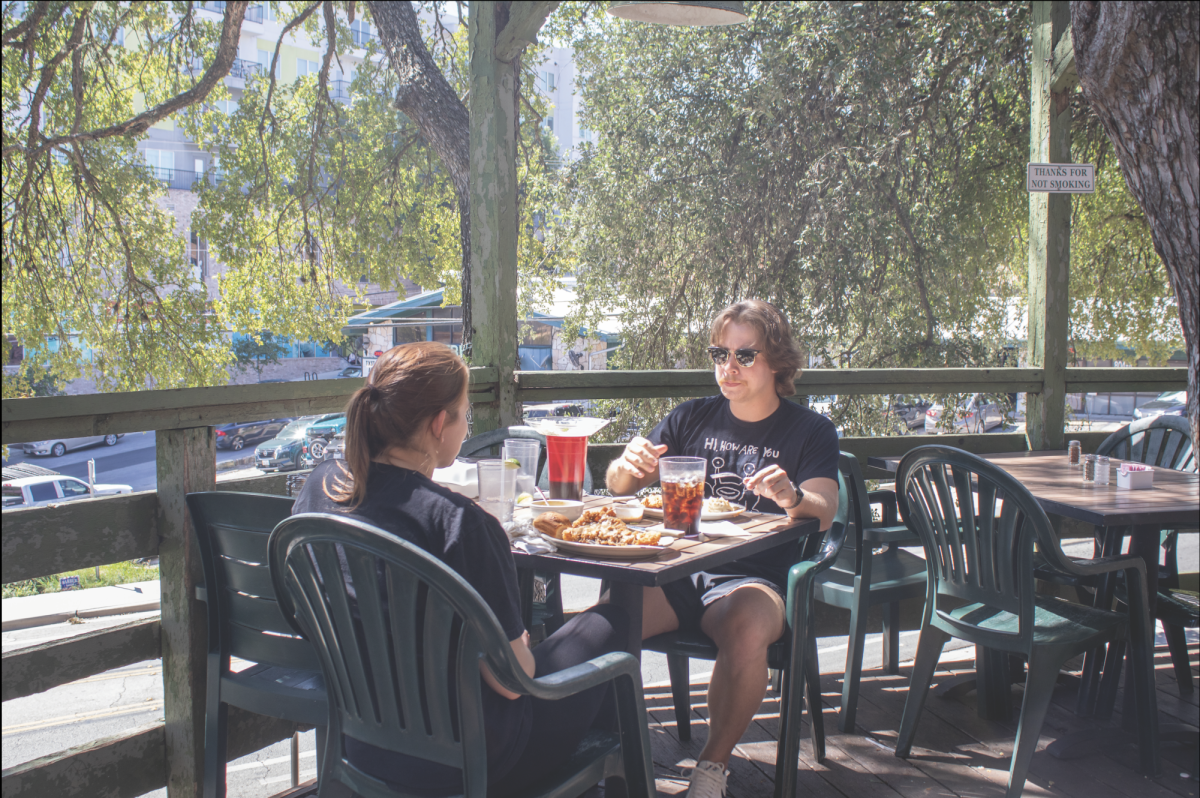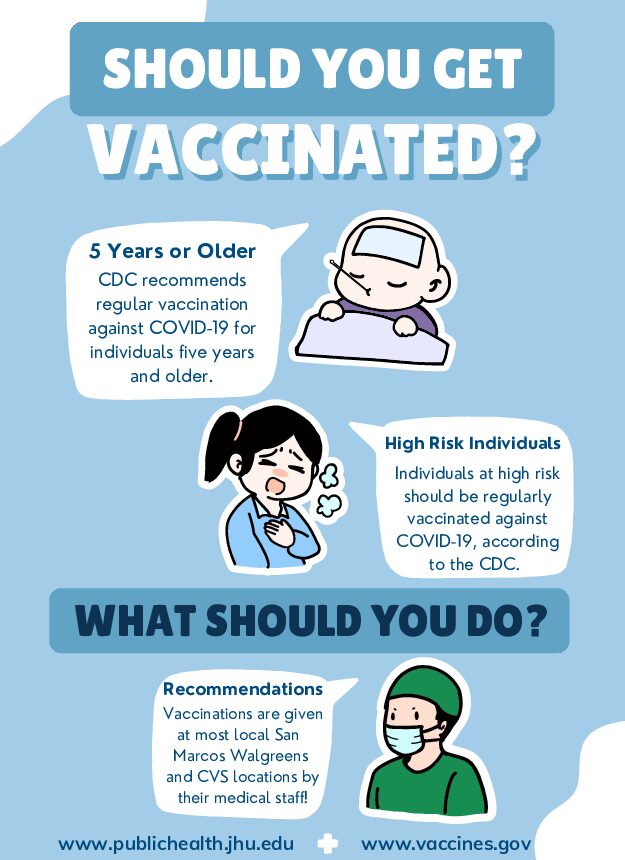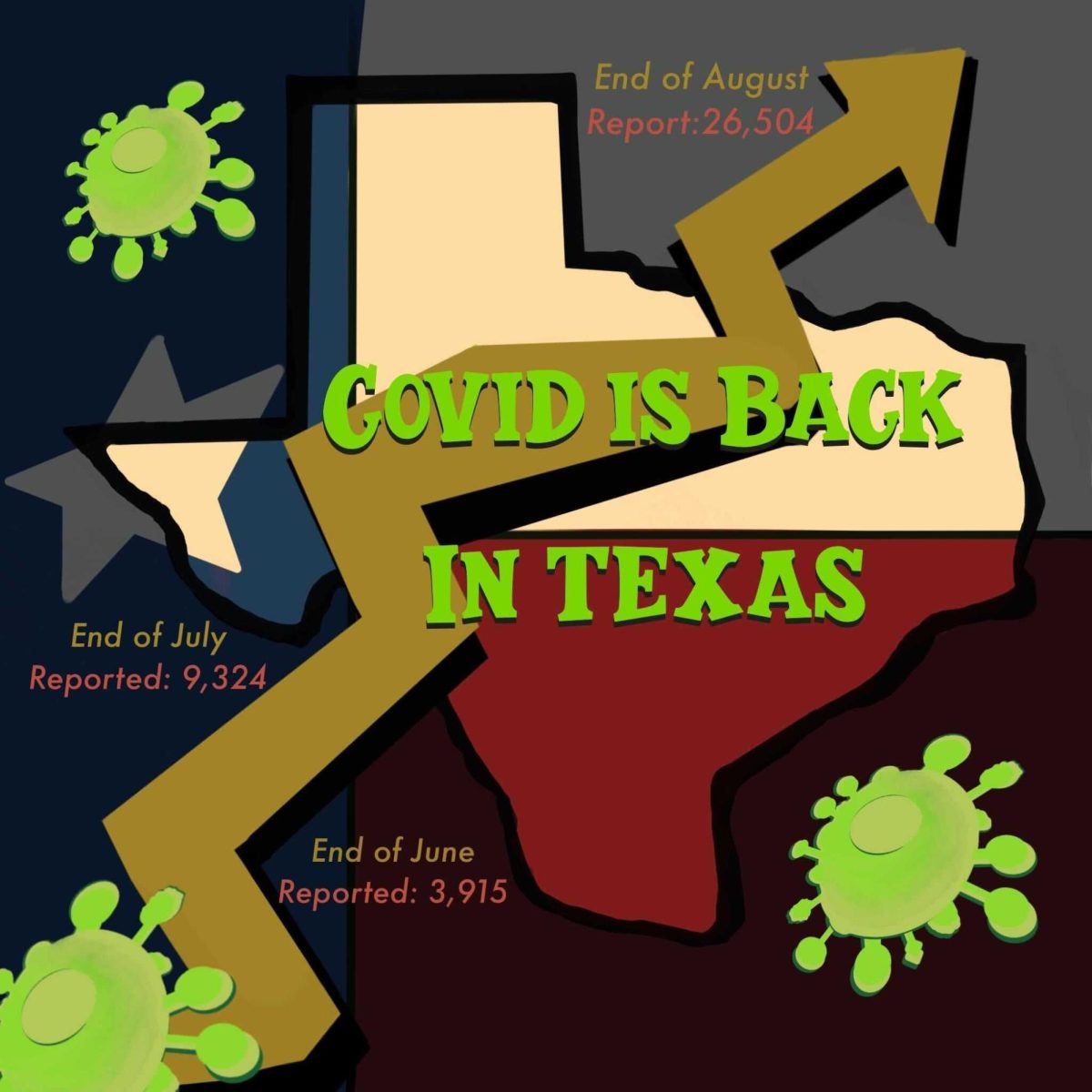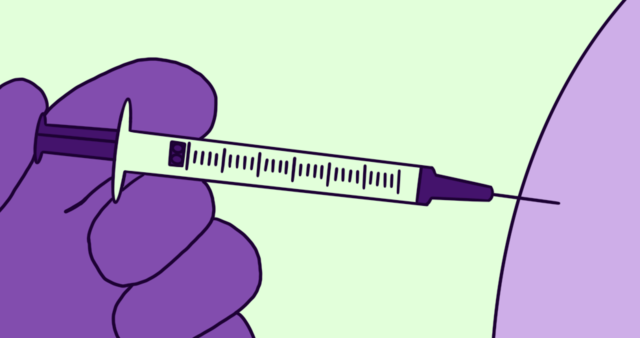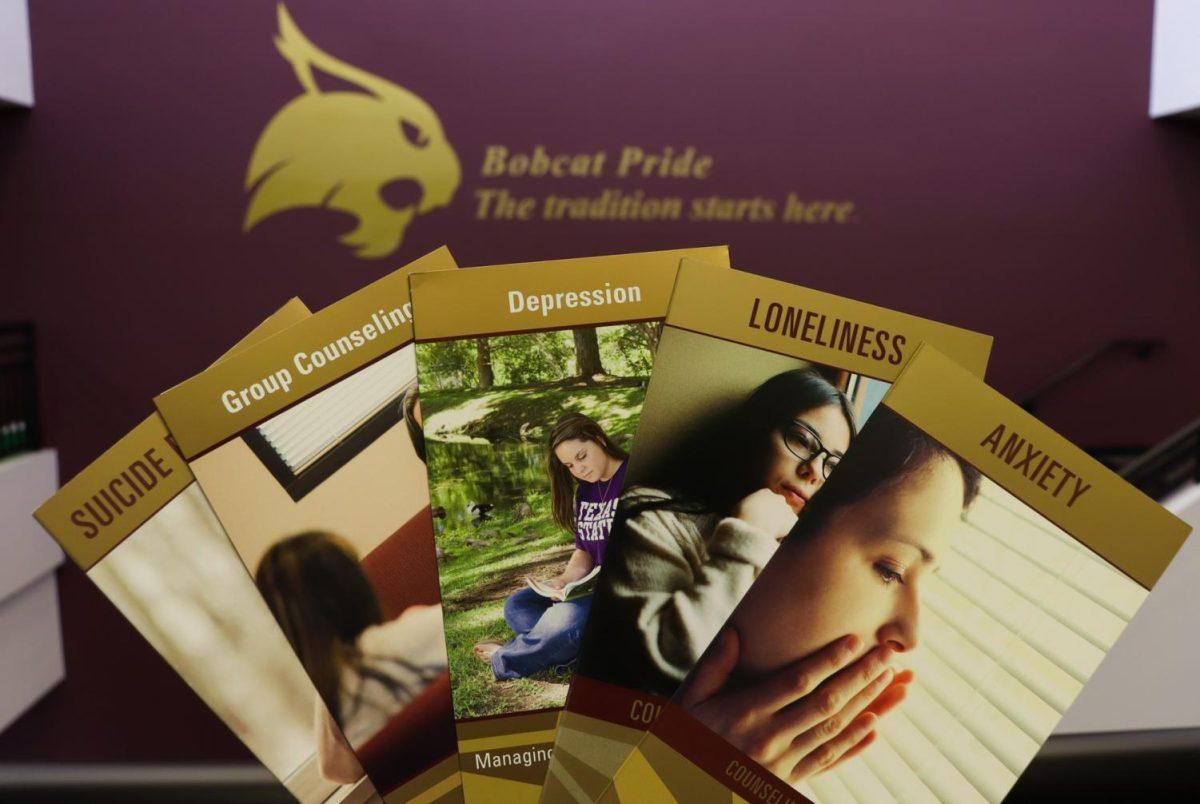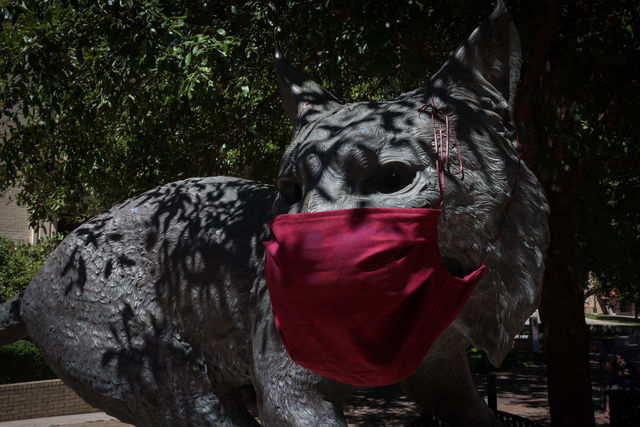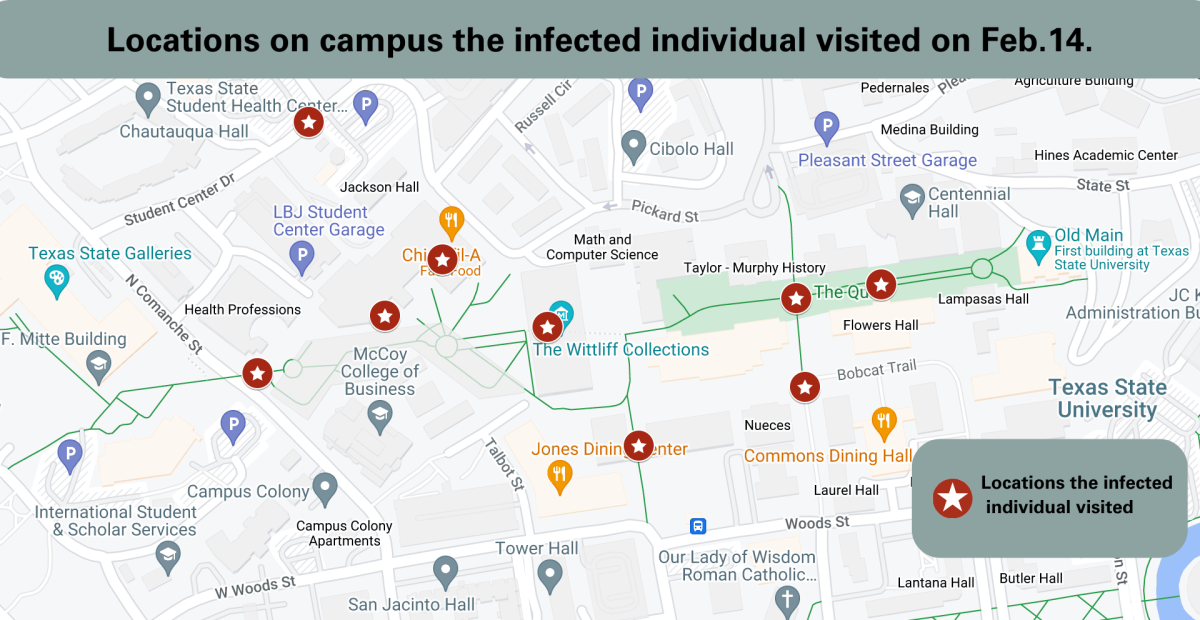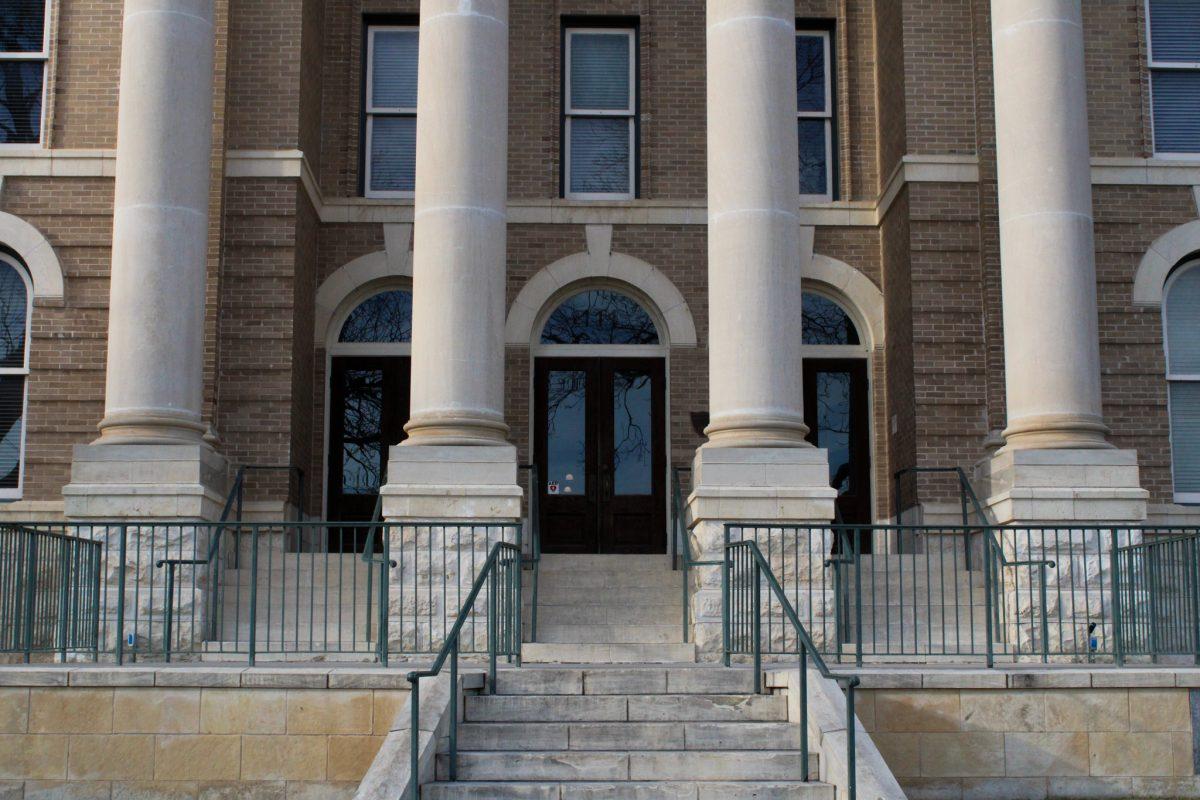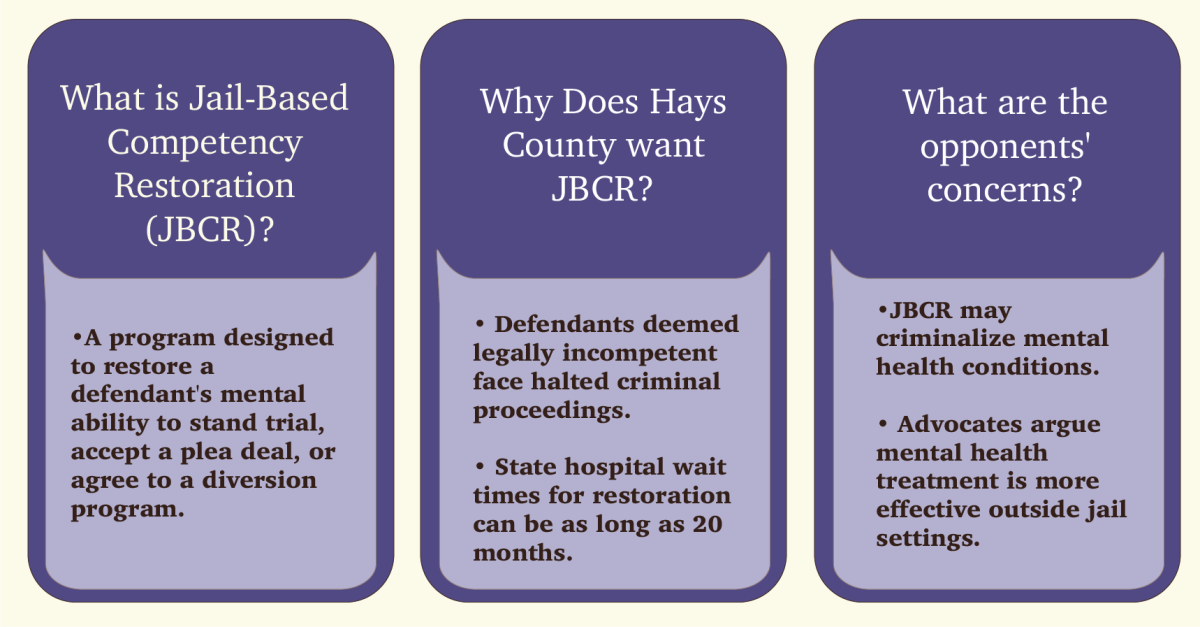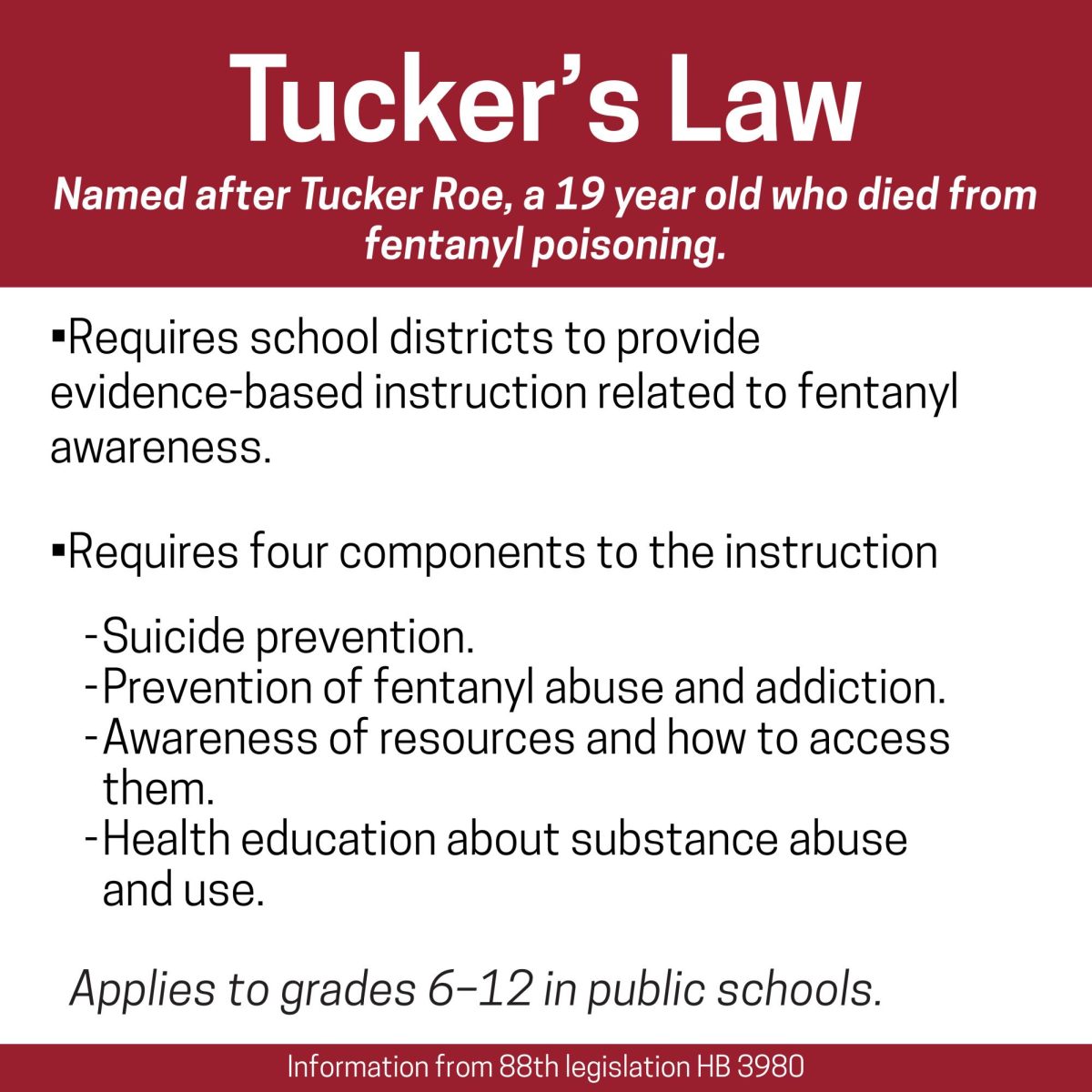This brings the total cases in Hays County to six. Health authorities in the county are still unclear on how the Kyle resident contracted the disease.
The breakdown of cases by city are:
Austin (some Hays County addresses are Austin) – 1
Buda – 1
Dripping Springs – 1
Kyle -2
San Marcos – 1
Because of HIPAA laws, additional information about patients is now allowed to be shared.
Hays County Epidemiologist Eric Schneider reminds citizens that most persons who contract the disease will have low to moderate fever, a cough and congestion,
typically treated with over the counter medications as there is no specialized treatment for COVID-19 like there is with Influenza. The majority of persons who contract this disease will not need to seek medical care. Residents with these symptoms should self-quarantine until they are fever-free without the use of fever-reducing medications for 72 hours.
Residents with underlying health conditions or a weakened immune system and persons over 65 tend to be hardest hit by COVID-19 and should consult their health
care provider if they are experiencing symptoms, as should persons with high fevers or shortness of breath.
1. Wash hands with soap and water for at least 20 seconds several times a day, including between your fingers and underneath your nails. Hand-washing is considered the best way to remove germs and dirt, and hand sanitizers should be used only when hand-washing is not available. The hand sanitizers should be at least 60 percent alcohol to be effective.
2. Avoid handshaking and high-fives
3. Avoid touching your face – especially your eyes, nose, and mouth
4. Stay home when you feel sick
5.Cover your coughs and sneezes with a tissue then put the tissue in the trash, or use the crook of your elbow if a tissue isn’t available
6. Clean and disinfect frequently touched objects and surfaces using a regular household disinfectant cleaning spray or wipe. Clean cell and desk phones,
computer keyboards, door handles, and work surfaces often.
7.Face masks are not considered an effective way to prevent someone from catching a virus unless you have close, frequent contact with a sick person; however, they are an option for sick people to use to keep from spreading the virus.
8. Avoid travel to areas that have been designated high-risk areas because of multiple verified cases of COVID-19.
9. Individuals are encouraged to avoid large gatherings. This includes, but is not limited to concerts, plays, sporting events, gymnasiums, dances, and restaurants.
Recreation activities that can be practiced in private are encouraged. This virus spreads by person-to-person transmission just like the flu, so limiting human
contact can help prevent COVID-19 from spreading.


